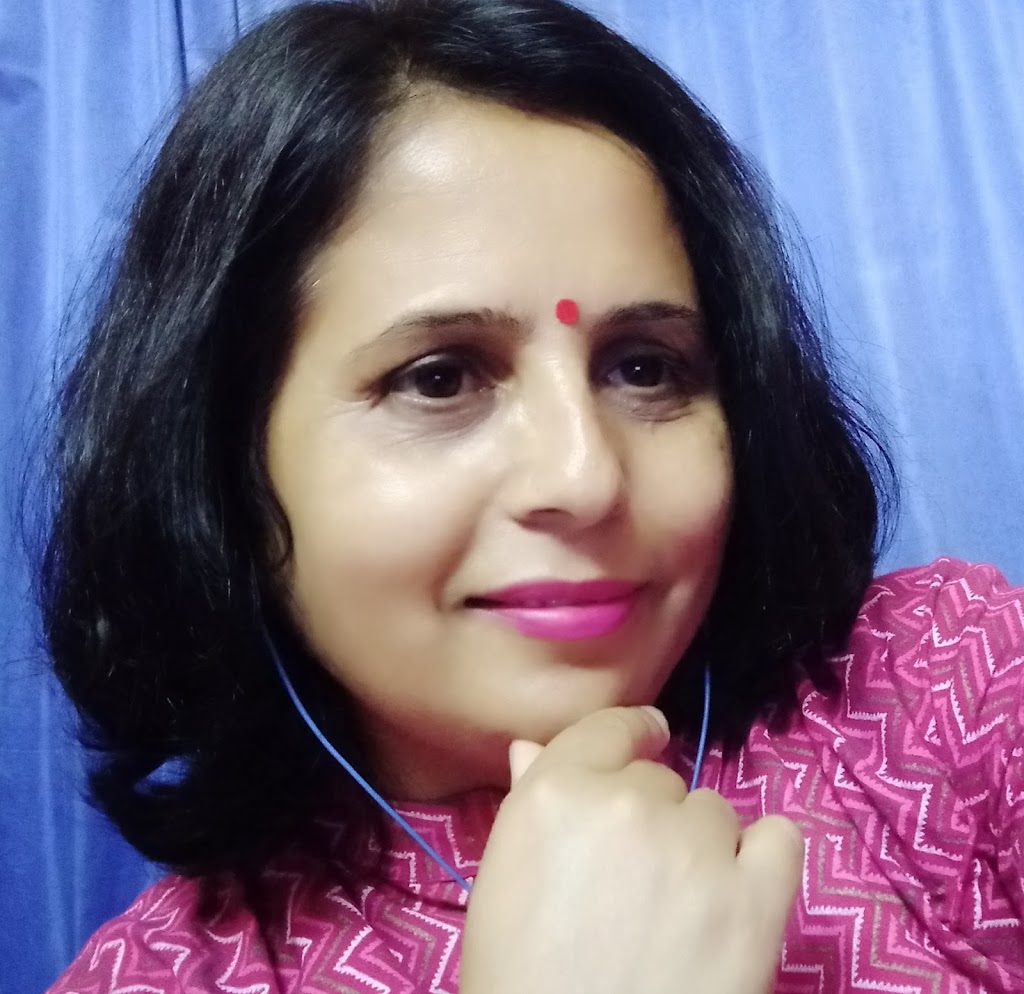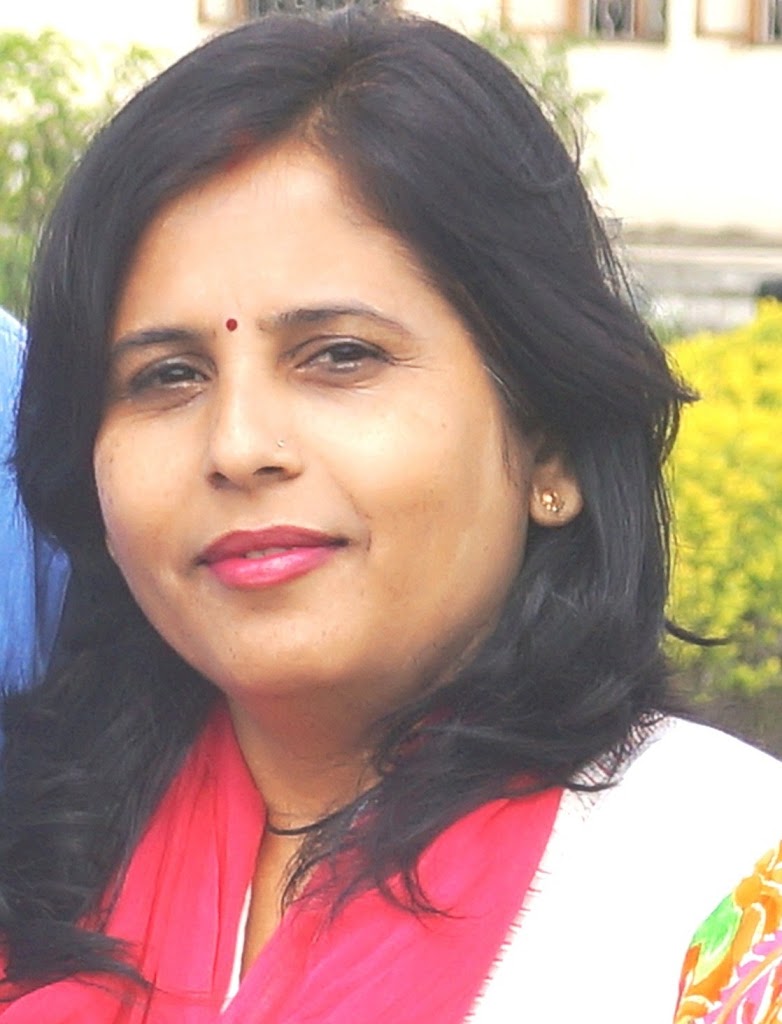An Interview Published in Gorkha Times in 2020
[Dr. Goma Adhikari, a Hindi graduate from Manipur University, holds a gold medal for being first-class first in BA (Hindi Honours), and another gold medal for being first-class first in MA (Hindi). She is also a post-graduate in Nepali literature from Guwahati University. Her seminar works in publication include Bharatiya Nepali Sahityako Vishleshanatmak Itihas, the analytical history of Nepali Literature in India. Mahesh Paudyal of The Gorkha Times caught up with Dr. Sharma, and had a conversation on various aspects of Nepali literature in India. Here is an edited portion of the conversation.]
Histories of Nepali literature in India have been written in the past too. Books by Ghanashyam Nepal and Ashit Rai might be considered, for example. What, then, was the need for a new history?
Of course, histories had been written in the past too, but then, they were limited to information delivery, and lacked elaborate analysis. The basis they had taken up for periodization and nomenclature too lacked rational grounding. Histories, thus written, failed to stand in par with literary histories of other languages. They didn’t respond to the needs of changing times and lacked a contemporary color. And worst of all, most of those histories failed to address writers from remote locations within the territory of India, specially the north-eastern states that are homes to a burgeoning mass of writers.
Opinions differ as to when Nepali writing in India actually started. There are critics who think, Nepali political exiles started it from Banaras and areas in its neighborhood, while recent researches push back the history to a date even earlier. How old is the history of Nepali writing in India? What are some of its landmarks?
It dates back to 1744 AD when Raghunath Bhat wrote his first poetic work Aasish. Viewed this way, we have made a journey of around three centuries now. Over the years, India has led the development of various genres in Nepali literature. Gokha Bharat Jeevan, published since 1887 from Banaras under the editorship of Motiram was perhaps the first literary journal in the Nepali language. It was from India that Motiram Bhatta, for the first time published a portion of Ramayana by Bhanubhakta. This journal marks the inception of various genres in the Nepali language, including ghazal, and criticism. Pahal Man Singh Swar’s “Atal Bahadur”, the first tragic play in the Nepali language was written and performed in India in 1908. “Mahendramalli,” (1918) an essay by Sambhu Prasad Dhungel was published in Chandrika, a literary magazine published from India. This essay has been regarded as the first personal essay in the Nepali language. The first modern story in our language was “Annapurna” by Rup Narayan Singh, published in 1927 from India in Gorkha Sansar. The first one-act play Atmabhiman by an anonymous playwright was published in Tarun Gorkha around 1928 AD. The first collection of the story too was contributed by India, in the form of Katha Sukum, edited by Ishwar Baral, and published in 1935 AD. I consider these some of the major landmarks of Nepali literature contributed by writers writing from India.
What major differences have you noted between literary history of Nepal, and history of Nepali literature in India?
Nepali literature in Nepal is a product of Nepal’s own political, economic, social, and religious realities. Nepali writing in India, similarly, emerges from the ground realities true to India. Since the two countries have different realities, their literature are obviously different, though the influence of Nepali literature on the writings of Nepali-speaking people in India has been partially detected. Histories of Nepali literature written in Nepal too are dogged by information mania, and they lack analytical insights. As far as my upcoming book is concerned, it has not compromised analysis and rational justification in favor of information accumulation. This approach, I hope, will be useful even for literary historians of Nepal.
In the vast domain of Indian territory, writers are scattered over a huge land area. Experts claim, India lacks a connecting link that binds all these writers together. What do you say on this?
I think the observation is partially wrong, because, the boom of information technology has made the country a connected whole. It is true that though India is large, it has writers in every nook and corner. It too is true, there are regions whose writers have not been linked with the mainstream. The most important thing, therefore, is that we need to establish a connecting link ourselves. We must hold the capacity to harness electronic and social media . This will, I believe, remove all gaps in communication, if they exist. More regional and local conventions should be taken up to ensure frequent meeting and networking.
What is the distinctive feature of Nepali writing in India?
The writings of the Nepali-speaking population in India document the experiences of those people in different historical and political conditions. Much of the writing of Indian Nepalis is underscored by their experiences in unfavorable political, economic, and social conditions, that discriminate against the minority in charge of being people of foreign origin. The entire chunk of Indian Nepalis form a minority, and for decades, they have been fighting for recognition and constitutional address. This is a major thrust in their writing. As a test case, you can take up the contemporary writing by writers in Siliguri, Darjeeling, Assam, Kalimpong, and Manipur. Since these write-ups have sprung from India, the Indian color they bear, too, is a distinctive feature they hold.
How has the state machinery assisted the production, promotion and development of Nepali literature in India? Are writers satisfied with such assistances?
It will be unwise to say, the state has not assisted, but there are certain discrepancies, to acknowledge frankly. It is an unanswered question as to how much we have attempted to draw the attention of the state authority in areas that have provisions. The inclusion of Nepali language in the eighth schedule of the Indian Constitution, the arrangements of Sahitya Academy awards for Nepali books, inclusion of Nepali as a subject in the school, college and university curricula are proofs of governmental concerns for the development of Nepali literature in India. But state provisions for publication and promotion of books is lacking. The Centre for Indian Language, Mysore is doing a salutary job in this regard. There are provisions; we need to find and harness them.
India does have many world-class translators. But then, we have not noticed a single work by Nepali-speaking Indian writer that has drawn a global acclaim. How do you explain this paradox?
The observation is true. In fact, our writing has a limited range. We lack global imagination. For want of such outlook, much of our works oscillate within the limits of our domestic issues. If we the authors and translators lift ourselves to the global level, we can make a difference. Today, Cambridge University Press has published Lil Bahadur Chhetri’s classic Basain; this confirms that we do have literature of the global standard. But then, we need to march in the correct tuning.
What initiatives do you deem necessary to link Indian literature in Nepali language with the global network of Nepali-speaking writers?
We need to take up translation at war footing. Diasporic experiences need to be documented, and such literature should be globally disseminated. Organizational cooperation, frequent literary tours and travels, regional literary meets and seminars, collective publications and joint promotions of writings, if managed well, will bring Nepali writers from across the globe together. This will enhance cooperation and understanding.
What are your advices to the young writers of Nepali-speaking populace, now writing from the Indian social
I advise the young writers to produce such write-ups, which will have the guts to stand in par with the global standards. For the same, they need to cultivate a wide perspective. They need to make honest literary pursuits; their posterity will obviously follow them. I also advise them to create literature that bears the fragrance of their soil. They also need to devise a network of writers, for which, social and electronic media might be brought to optimum use. They need to ensure that their voice is heard, and the responsibility is theirs.
Thank you Dr. Sharma. Good luck for your upcoming work.
Many thanks. I appreciate you for giving me this rare opportunity.



